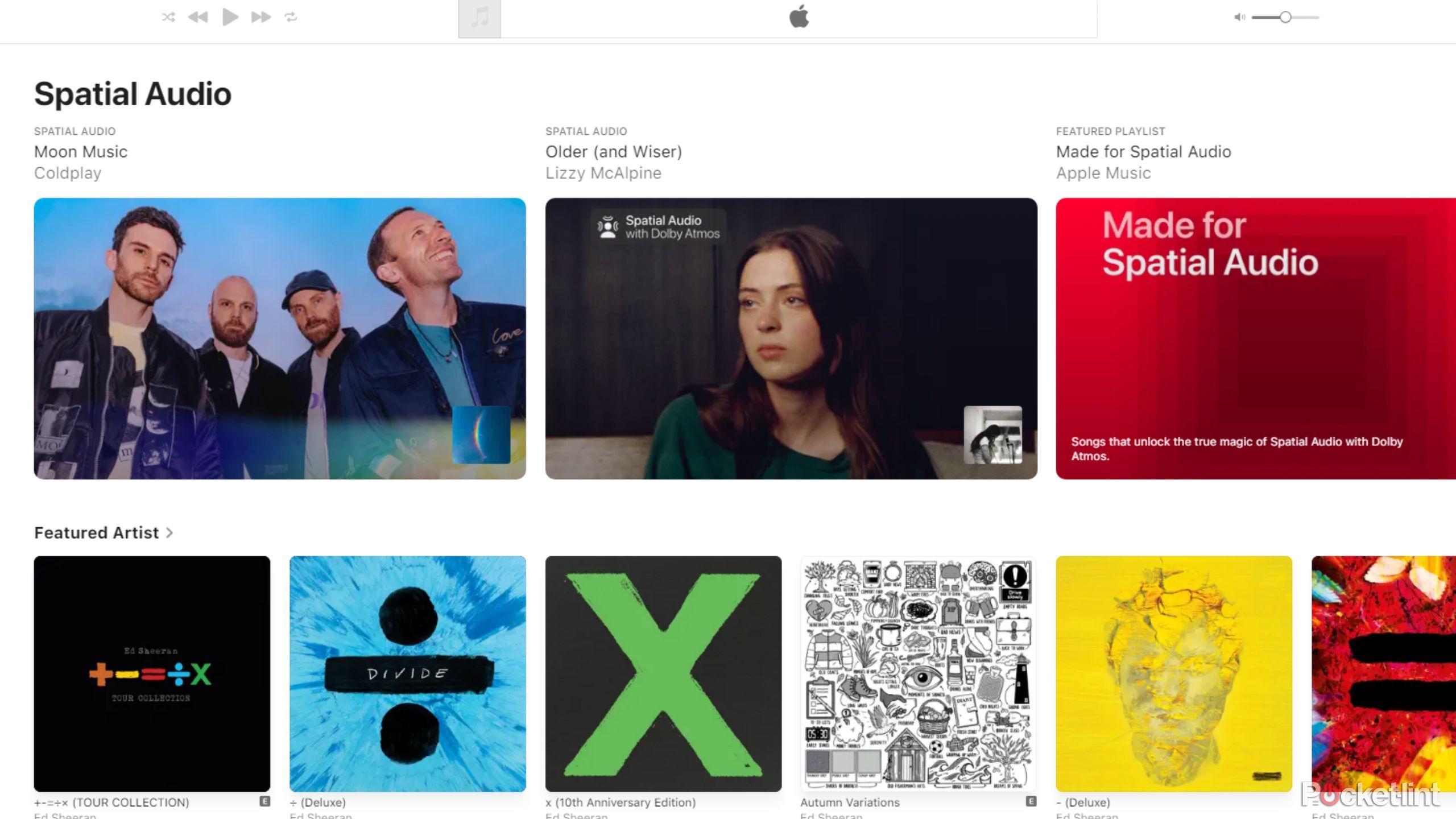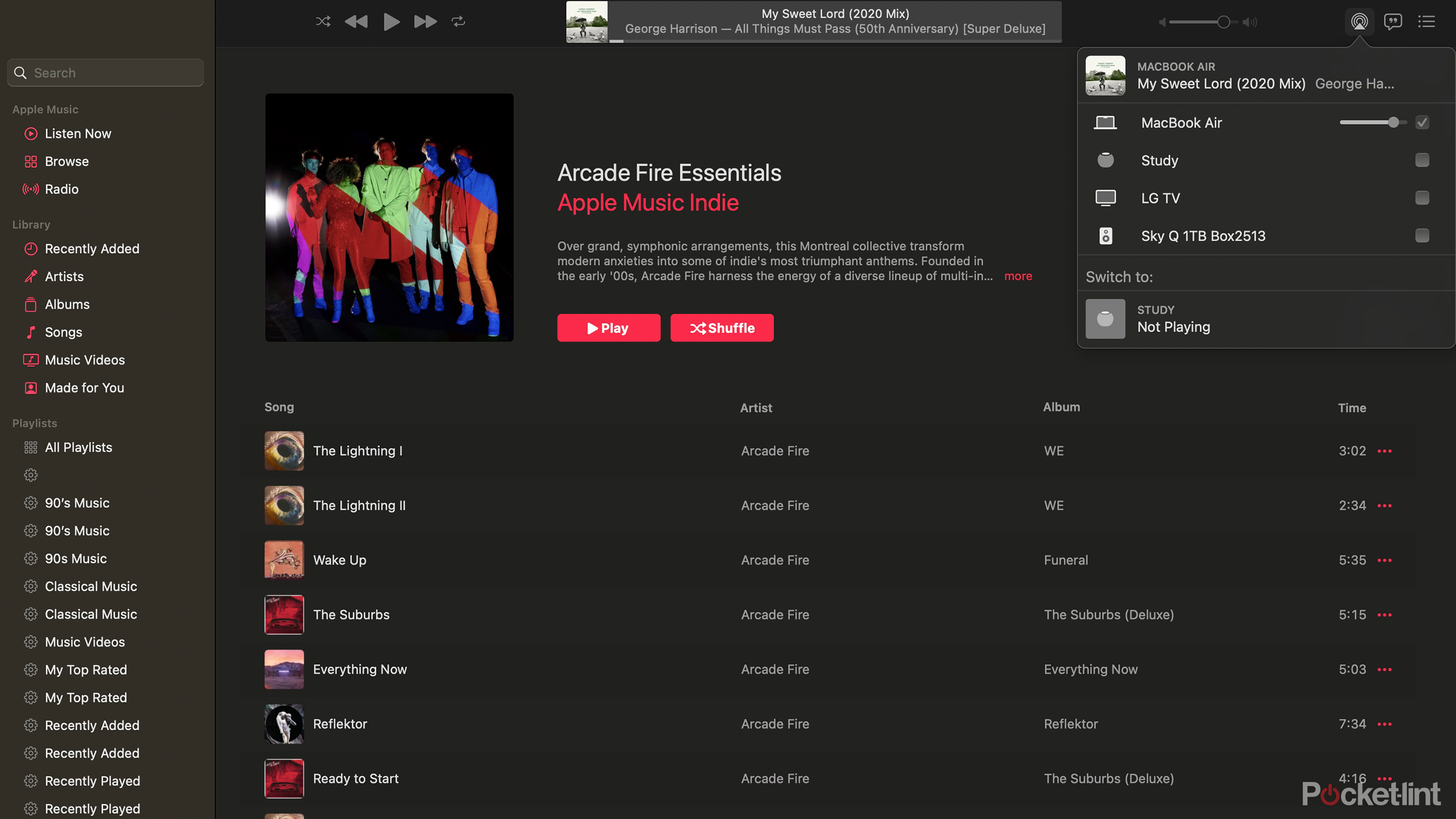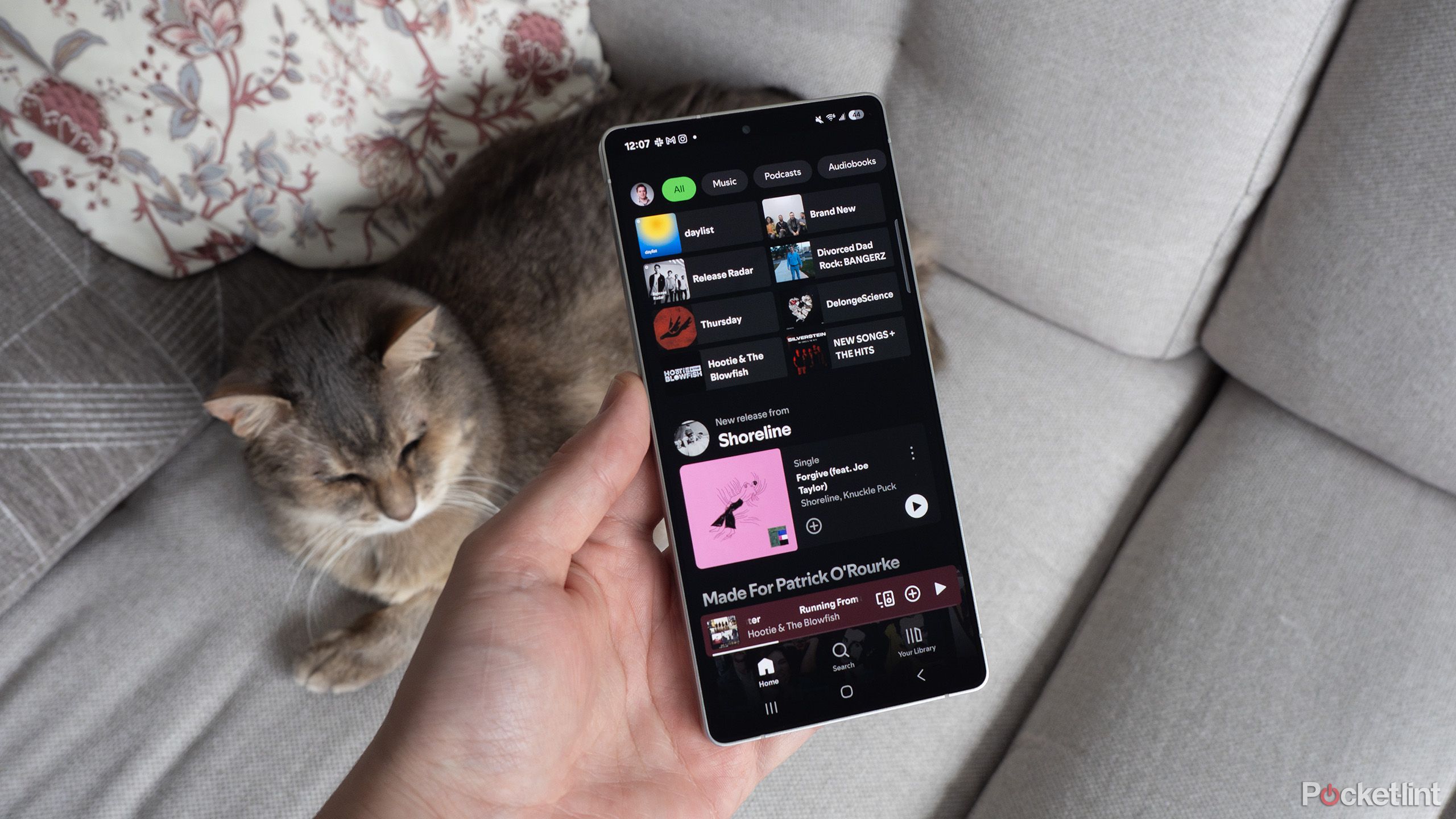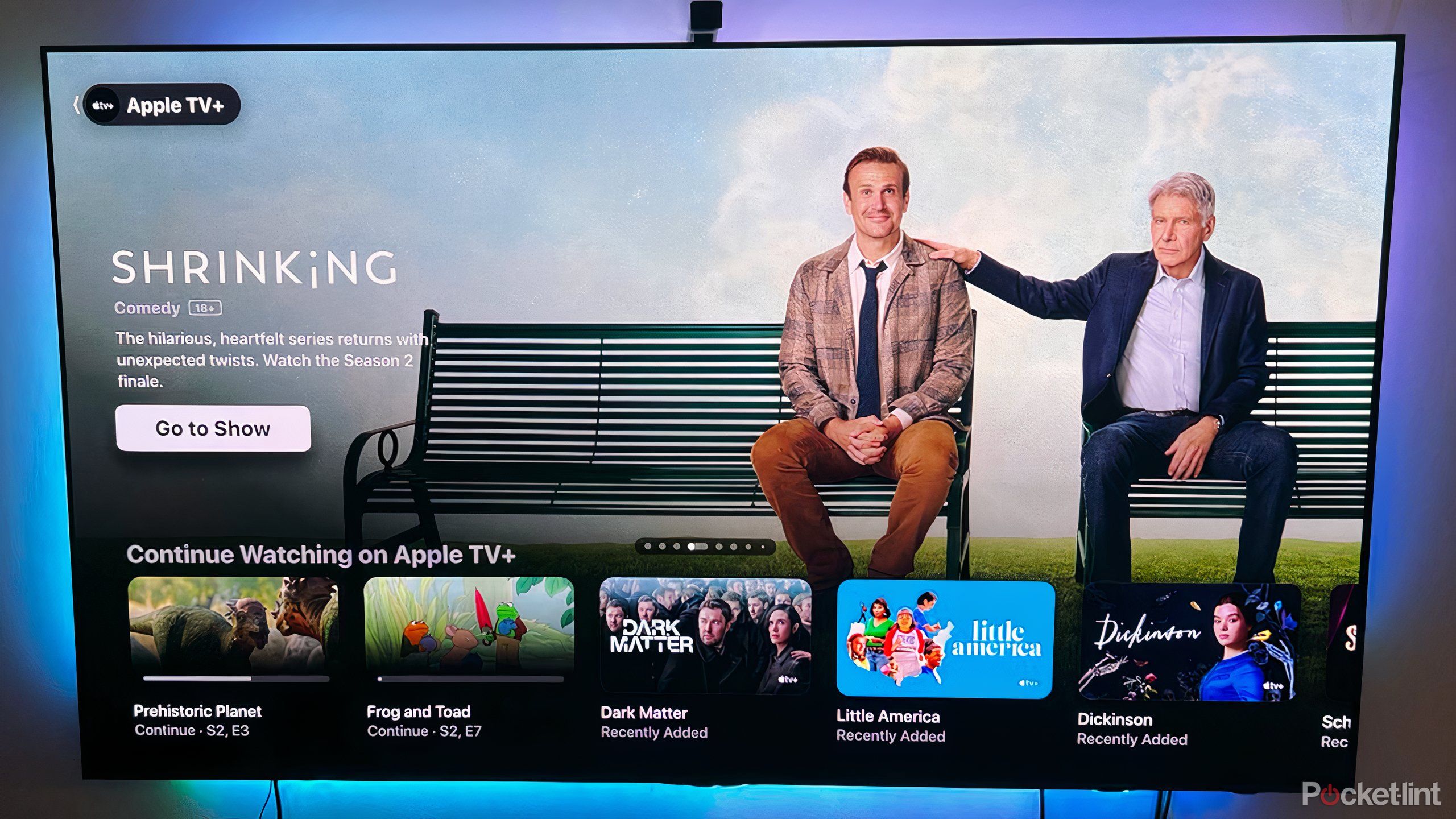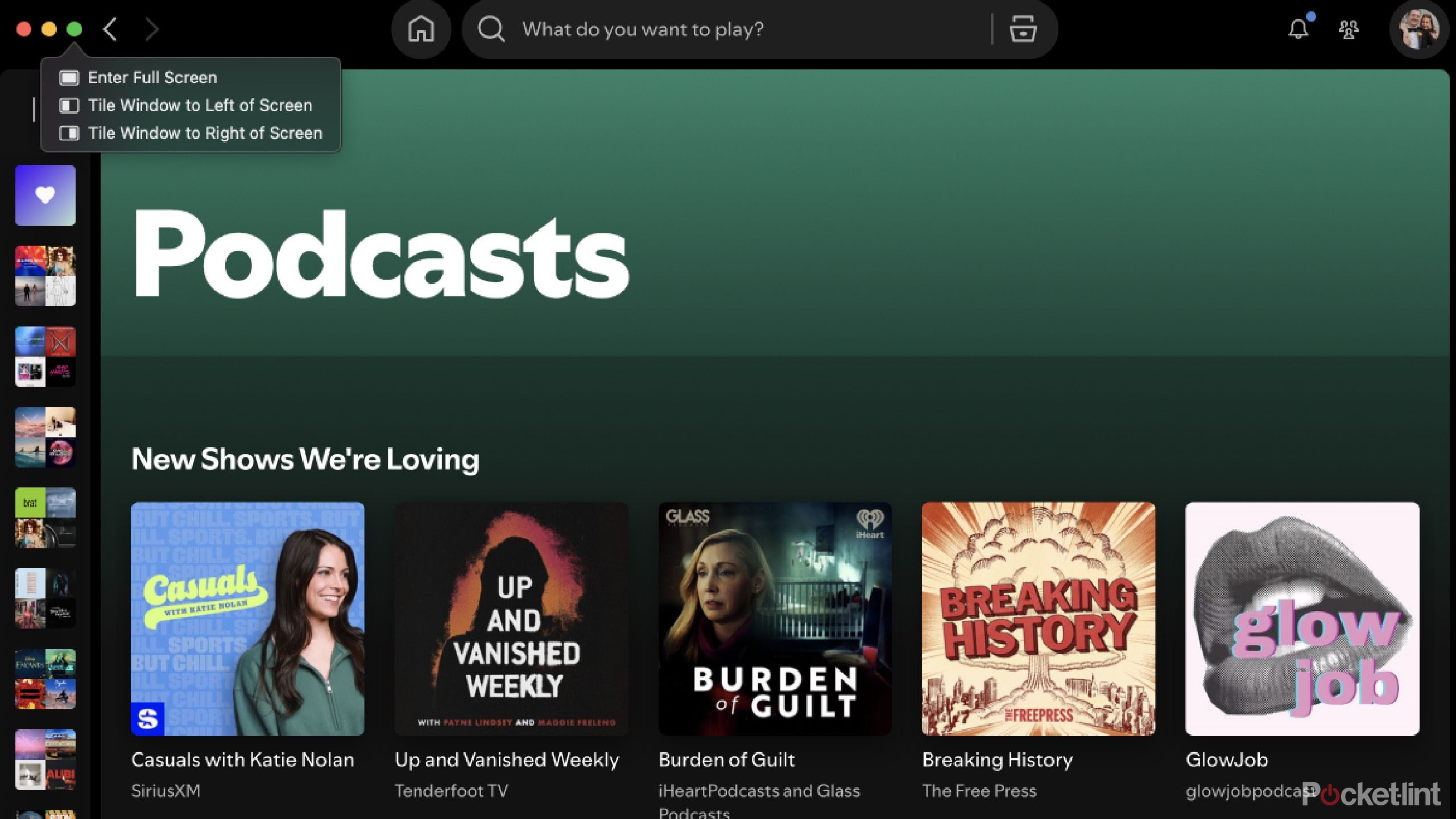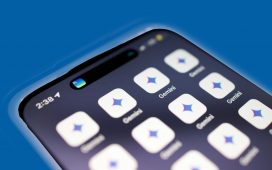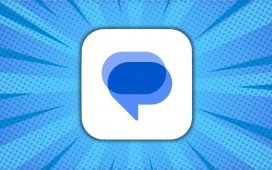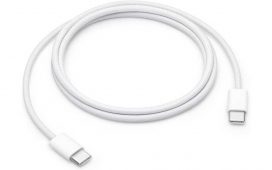Summary
- Spatial audio and lossless formats make Apple Music better for audiophiles.
- In general, Apple Music tends to pay out more to artists than Spotify.
- Apple Music offers better pricing with year-long plans and bundles.
Spotify has long dominated the music streaming industry, providing a vast collection of music to curious listeners while also paying little to no money to a majority of the artists on its platform. It’s an easy app to embrace and get lost within.
Spotify
has diverse playlists, an extensive catalog, and a superbly-branded year-end user report that cleverly distracts from how much information it has on all its users.
It can be easy to stay locked into a service that you feel comfortable with and that is easy to use. That familiarity breeds complacency, and the ubiquity of
Spotify
means that a lot of people are going to stay subscribed. However, after venturing off to
Apple Music
, and giving it a chance on a few different occasions, I’m here to say it’s worth the jump, not only for your ears and your budget, but also for your peace of mind.
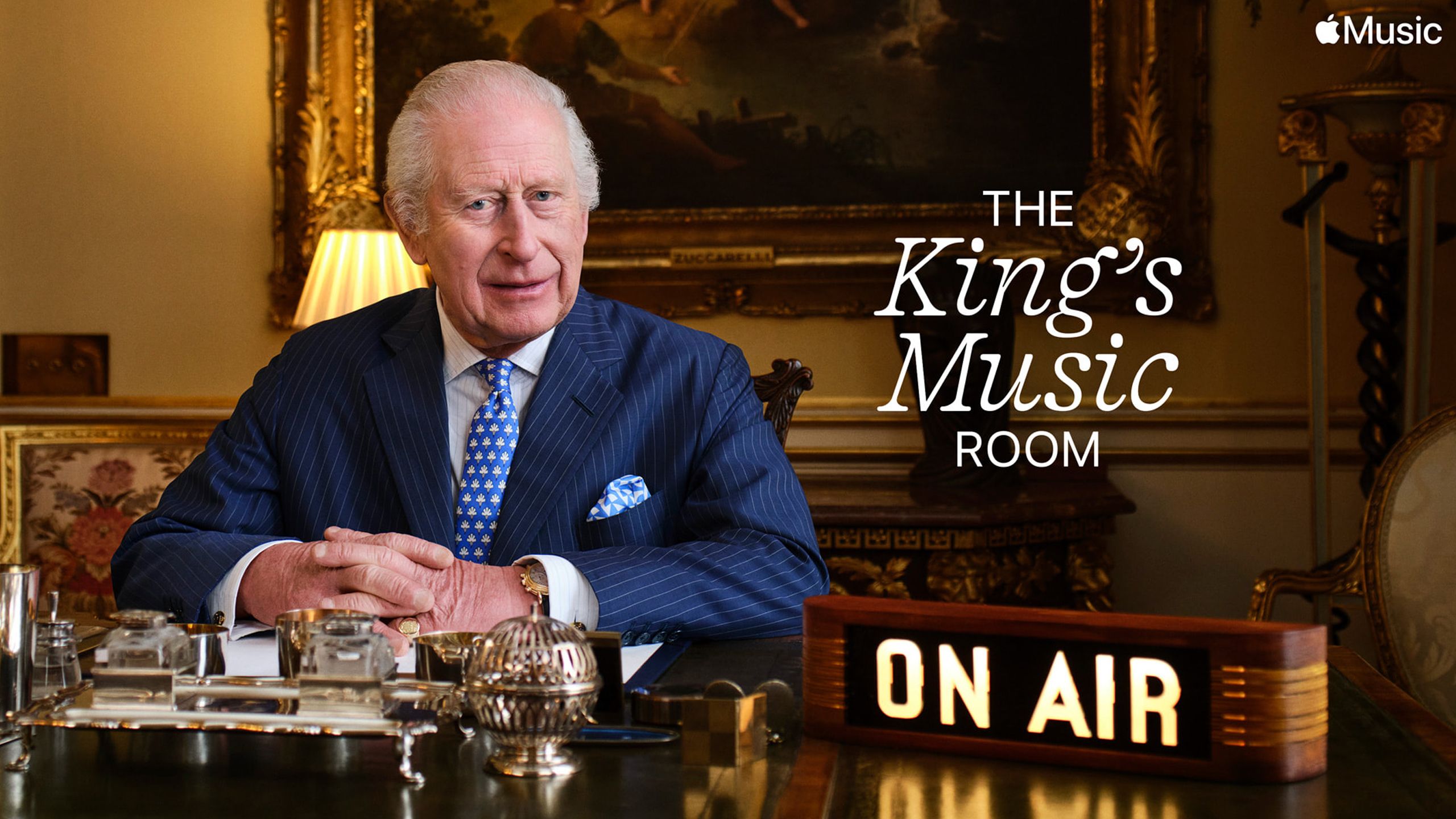
Related
King Charles III shares his Apple Music playlist on royal new show
Apple has revealed that King Charles will launch an Apple Music show in honor of Commonwealth Day on March 10.
Apple Music has the better audio quality
Enjoy immersive sound and faithful audio
The big reason for moving from Spotify to Apple Music is sound quality and fidelity. Apple Music provides lossless audio, and Spotify does not; at least for now. While Spotify has announced plans to improve quality in the future, Apple Music right now can provide you with hi-res formats, an idea for anyone who has invested heavily in quality wired headphones, soundbars, or home audio systems. So you do, in fact, need to make sure you have the right equipment to take advantage of the better audio (Bluetooth won’t cut it), but the results are worth it for those who really enjoy music. Apple users can enjoy AirPlay 2 to get the most out of the lossless formats.
Even if you don’t have the best equipment for the highest quality formats, you can still enjoy immersive, 3D sound with Apple’s spatial audio offerings. Sound feels more comprehensive, coming from different areas of your space, including above and below, making for a multidimensional, and hopefully more satisfying, audio experience.
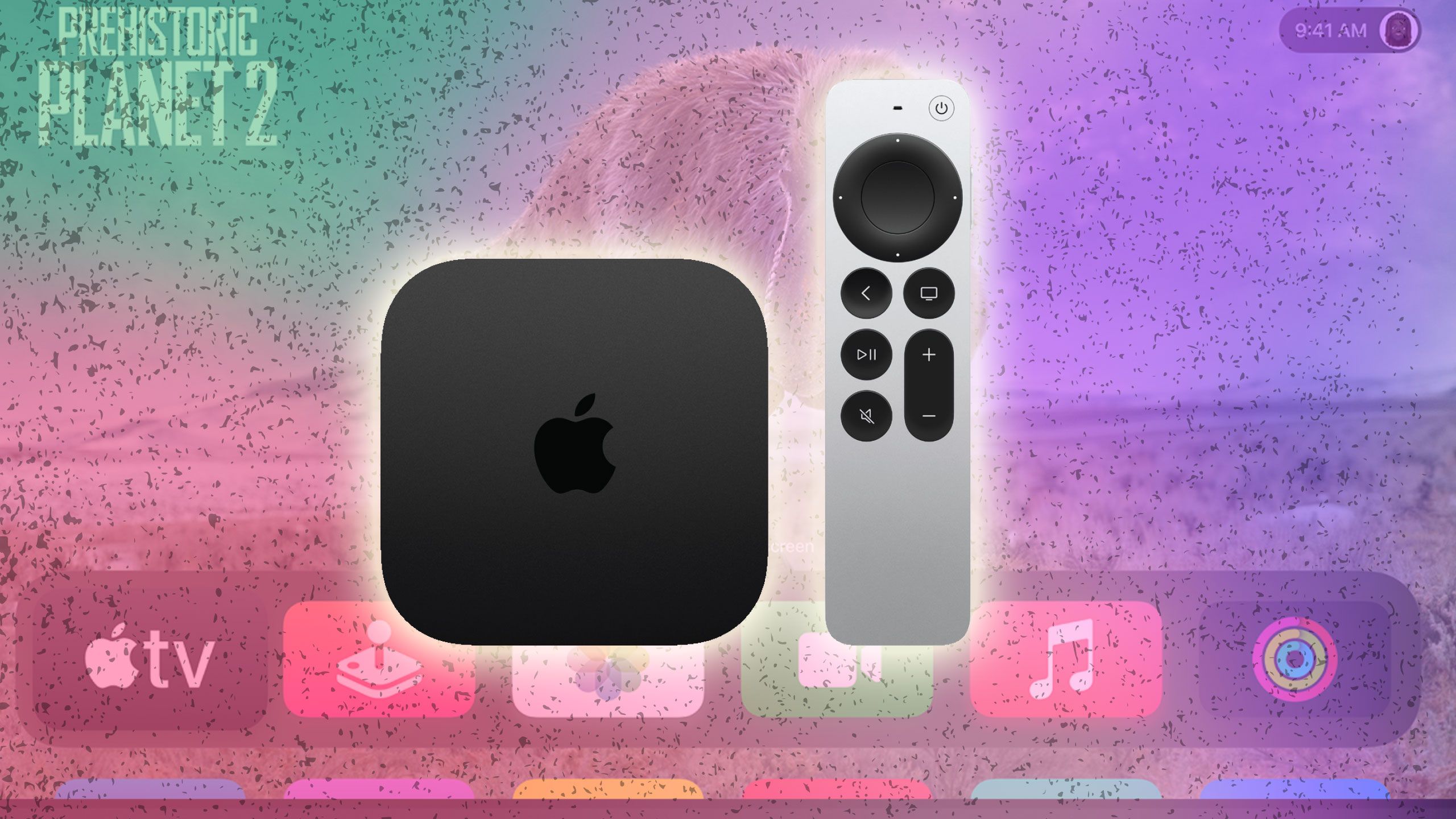
Related
Apple TV finally supports lossless audio, but here’s why audiophiles are still disappointed
The Apple TV 4K is still missing a frustrating feature.
Apple is better at supporting artists
With the same structure, Apple gives out a bit more
For those with ethical concerns around paying artists for their work, users will likely feel better going with Apple Music. Both use the ‘big pool’ model, a common structure for many streamer services, in which revenue is lumped into one group, and then various parties take turns grabbing a piece of the pie. Artists don’t get paid directly if you listen to them, but instead they get a (small) percentage of the revenue based on the percentage of streams they had. Even if you hate Taylor Swift (for some reason), your money is still going to go to her because she is wildly popular.
Apple Music, however, pays out a bit more than Spotify. Apple Music typically pays out about one cent per stream, while Spotify is around half that amount. In some cases, Spotify may pay out as little as one tenth of a cent per stream. This model isn’t ideal, but at least Apple is doling out a bit more money in most cases than Spotify for your favorite artists.
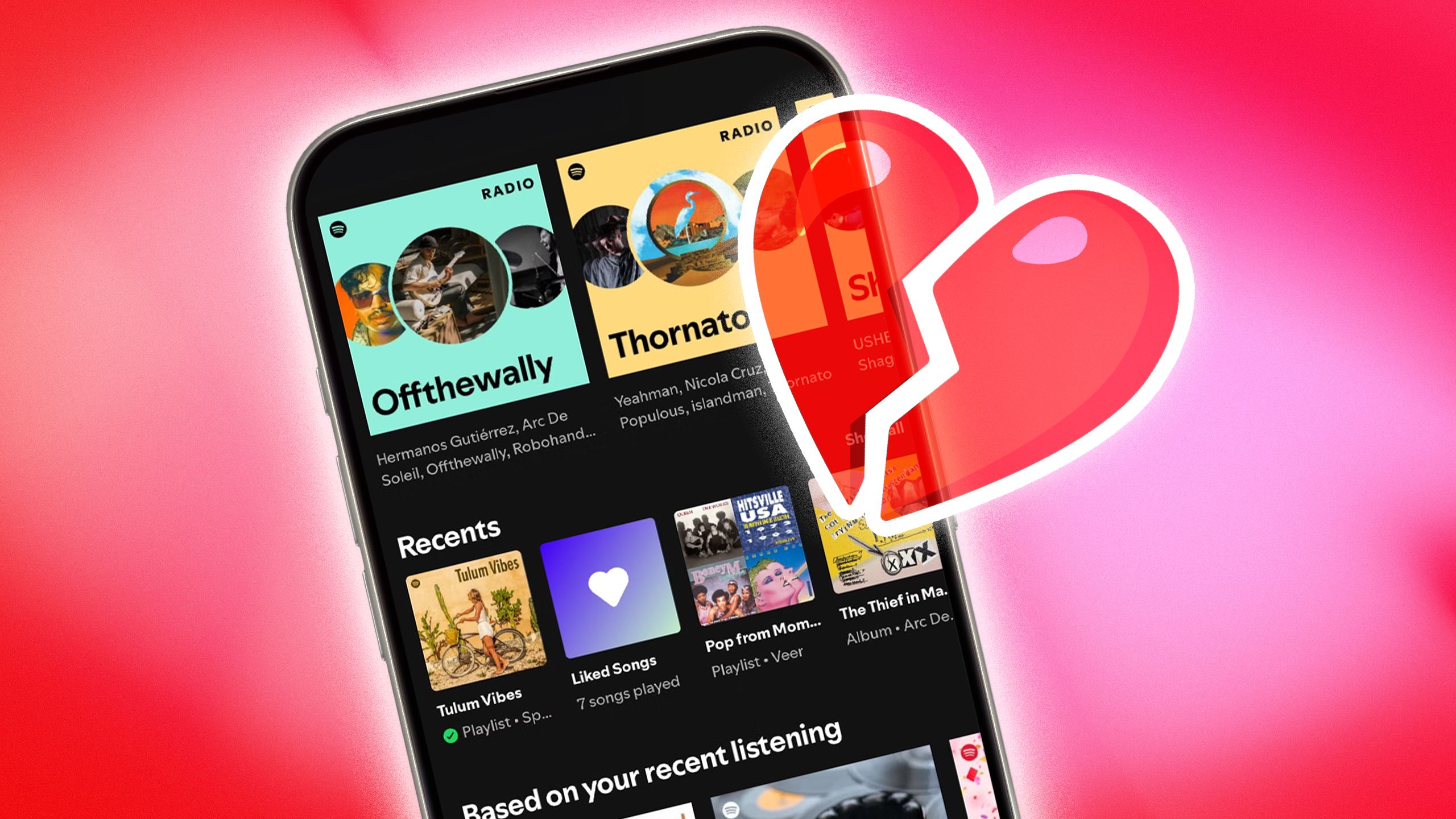
Related
5 reasons I broke up with Spotify, and the streamer that won me over instead
You don’t want to sleep on YouTube Premium Music, especially when it’s so much better than a certain black and green streamer.
Spotify’s algorithms are a nuisance
The same songs and sounds pop up a lot
It’s quite easy to pick a song you’re into at the moment and turn it into a radio station. But it’s just as easy to hear the same dozen or so songs all the time on a bunch of different playlists, even if the starting point for each was vastly different. Spotify’s algorithm takes note of who you’re listening to, what they sound like, and then suggests artists that sound similar.
The algorithm itself isn’t bad, but it doesn’t account for new tastes and curiosities. It’s only as good as what you put in, and even if you are someone with diverse music tastes, it can get confused, and it tends to have a short memory, too. If you just leave on a playlist, it might think you like all the sounds on it, and it will end up sliding them in over and again. That’s how you end up with a Spotify Wrapped that includes some indie or pop song that you’ve heard so often but never actually set out to listen to directly.
Purchasing certain new devices gets you three months free on Apple services, including Apple TV+ and Apple Music, while first-time users can also enjoy a month free.
It also leans towards what’s new and trending, and that can be especially frustrating when you’re trying to enjoy a certain era or style of a popular artist. Starting a playlist with a Cowboy Carter song can be confusing for Spotify; it doesn’t know if you want more Beyoncé, more country, or more current pop.
I’ve found Apple’s algorithm to be better, mainly because it’s a bit more daring and curious. Or maybe I’ve just listened to Spotify for so long that I broke its algorithm and it doesn’t know what to do.
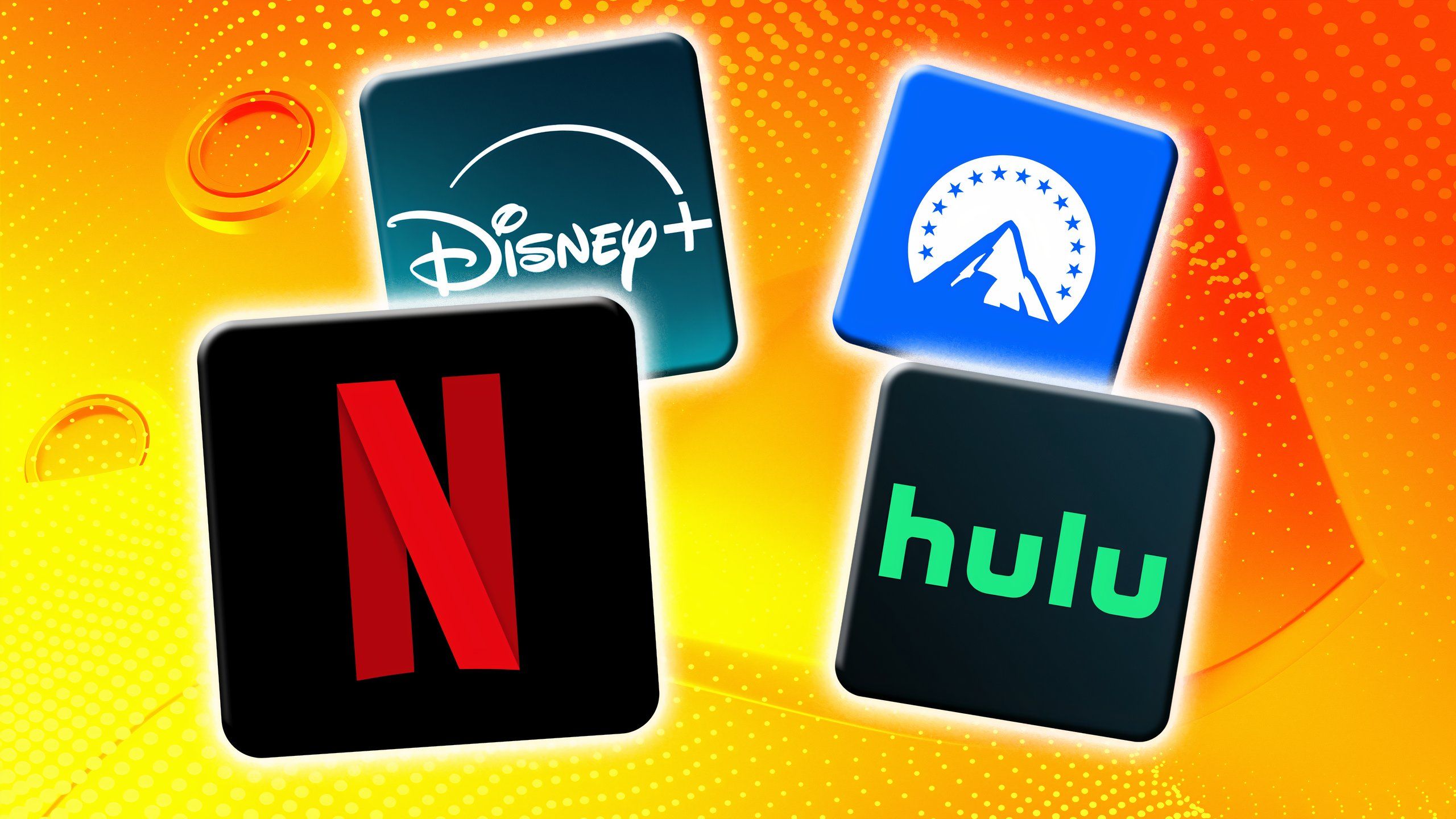
Related
Streaming service algorithms don’t actually do what you think
Netflix is in the business of keeping you hooked, promoting content that matches your viewing habits.
Apple Music provides better value
Save money and bundle products
Both services are priced pretty similarly. It costs the same to subscribe monthly to an individual, student, or family plan with either. While Spotify does offer the free, ad-supported tier, Apple Music provides a year-long plan that saves you a bunch of money in the long run. Considering that most users are likely to continue listening to their paid service month after month, it makes sense to invest in the longer, more cost-effective option rather than paying each and every month.
There are also a lot more ways to get free trials with Apple Music. Purchasing certain new devices gets you three months free on Apple services, including Apple TV+ and Apple Music. First-time users can also enjoy a month free. On top of that, those who love Apple products and services can bundle a bunch of them together into Apple One, where users can enjoy not just Apple Music and TV, but also fitness, news, and the Apple Arcade. For those embracing the Apple ecosystem, the choice is simple.
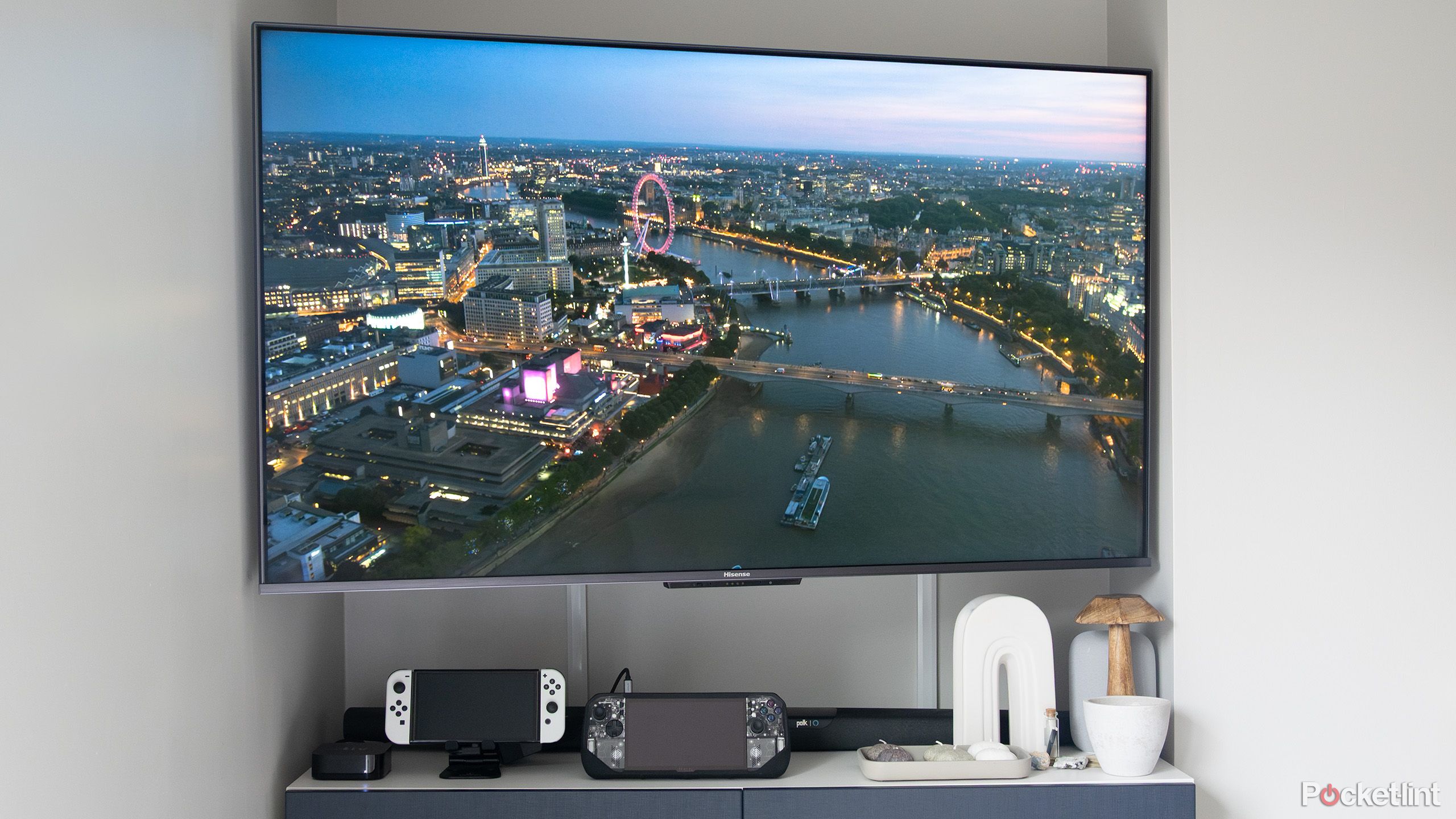
Related
The best Apple TV feature has nothing to do with streaming
It’s impossible to beat the Apple TV’s stellar-looking screensavers.
A concern about podcast placement
Separate apps is superior.
Lastly, I will point out that for those who love podcasts, Apple Music requires you to use a different app. And while some may think this is a nuisance, I am here to champion this. Podcasts and music are two very different forms of content. No one is randomly toggling back and forth, and no one opens up Spotify unsure of if they want to hear people talking or singing. So they should have different apps.
Spotify also pushes podcasts way too hard, even for those with paid subscriptions, and these unwelcome suggestions can easily get in the way of searching for things to listen to. Spotify also promotes podcasts that you may not like, and some that you may even find downright offensive. Get these podcasts out of my home page and stop suggesting them, What exactly makes you think I’m at all on board for a podcast by Joel Osteen? Stay in your lane, Spotify.
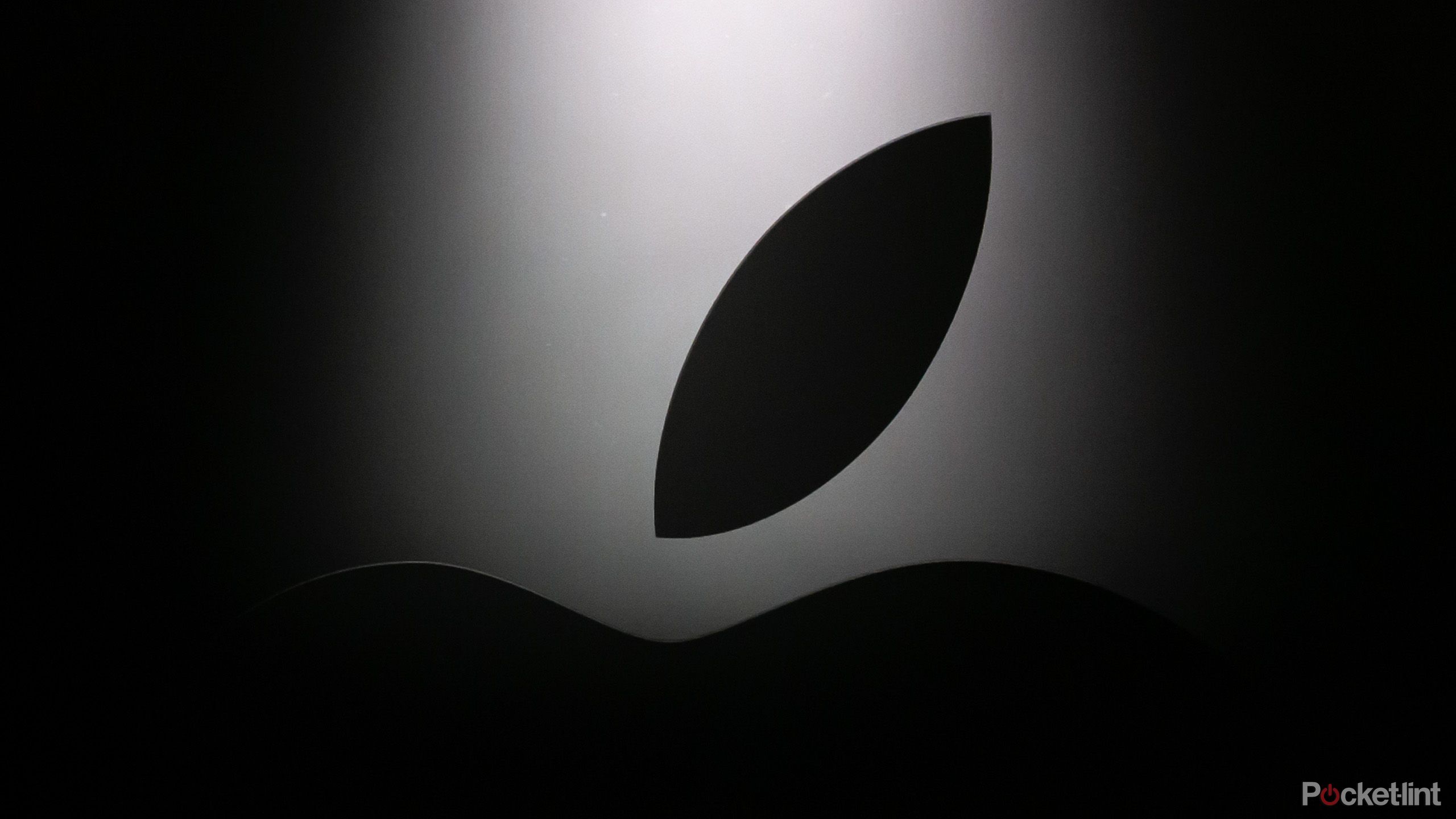
Related
5 major Apple product releases that are still on my radar for 2025
2025 is now over a quarter of the way complete, but there are still plenty of Apple products rumored to be launching in the coming months.

